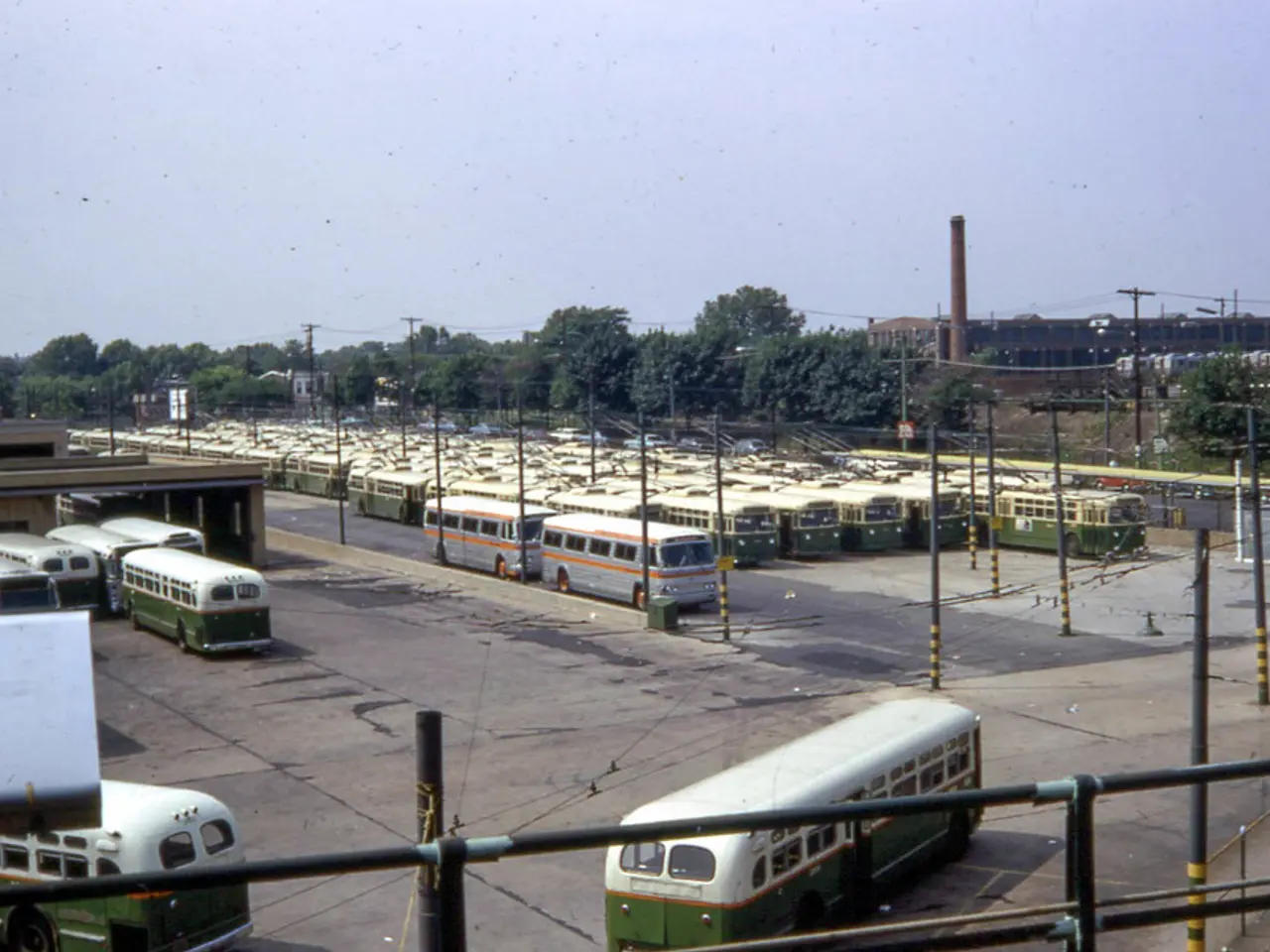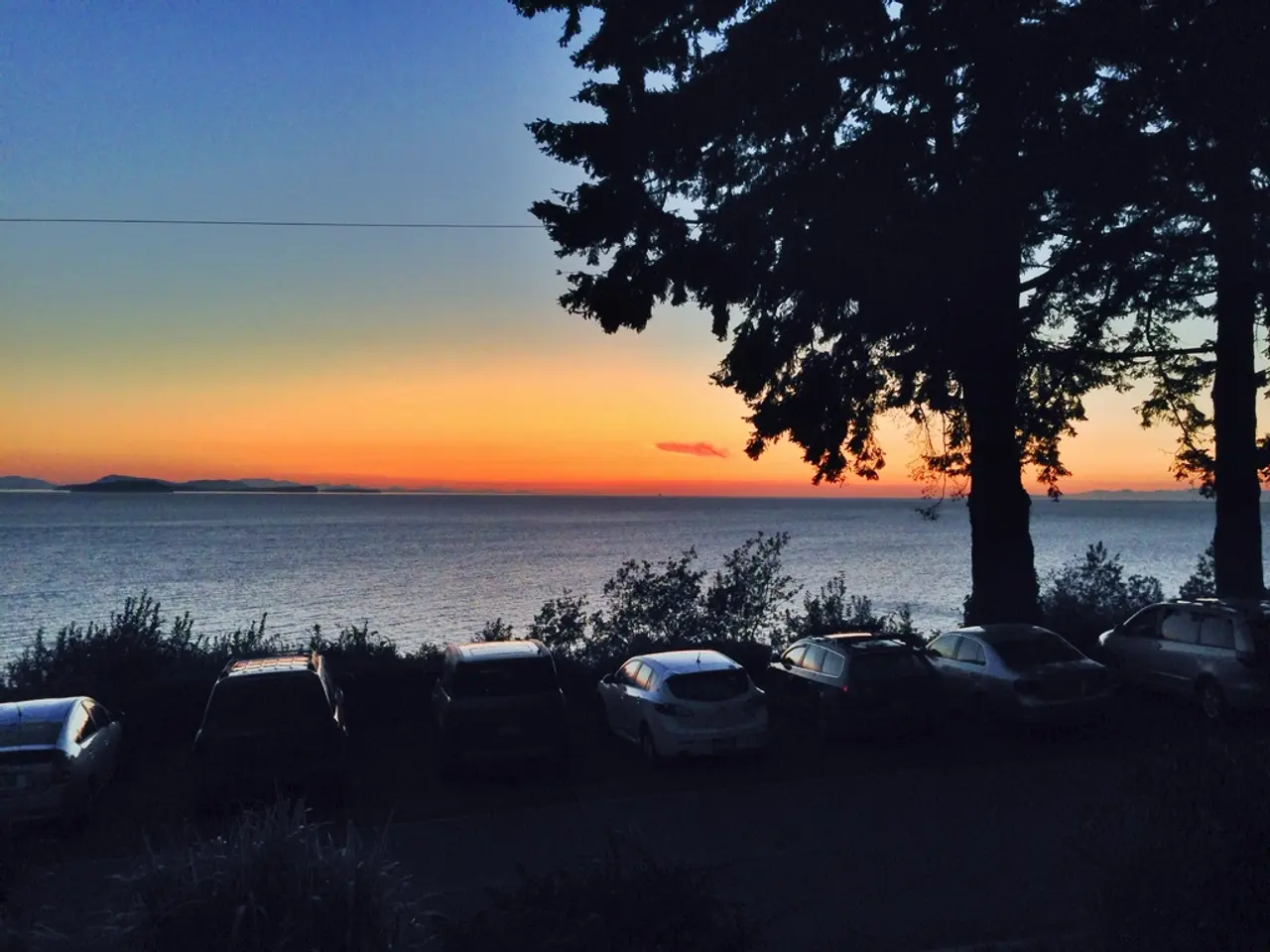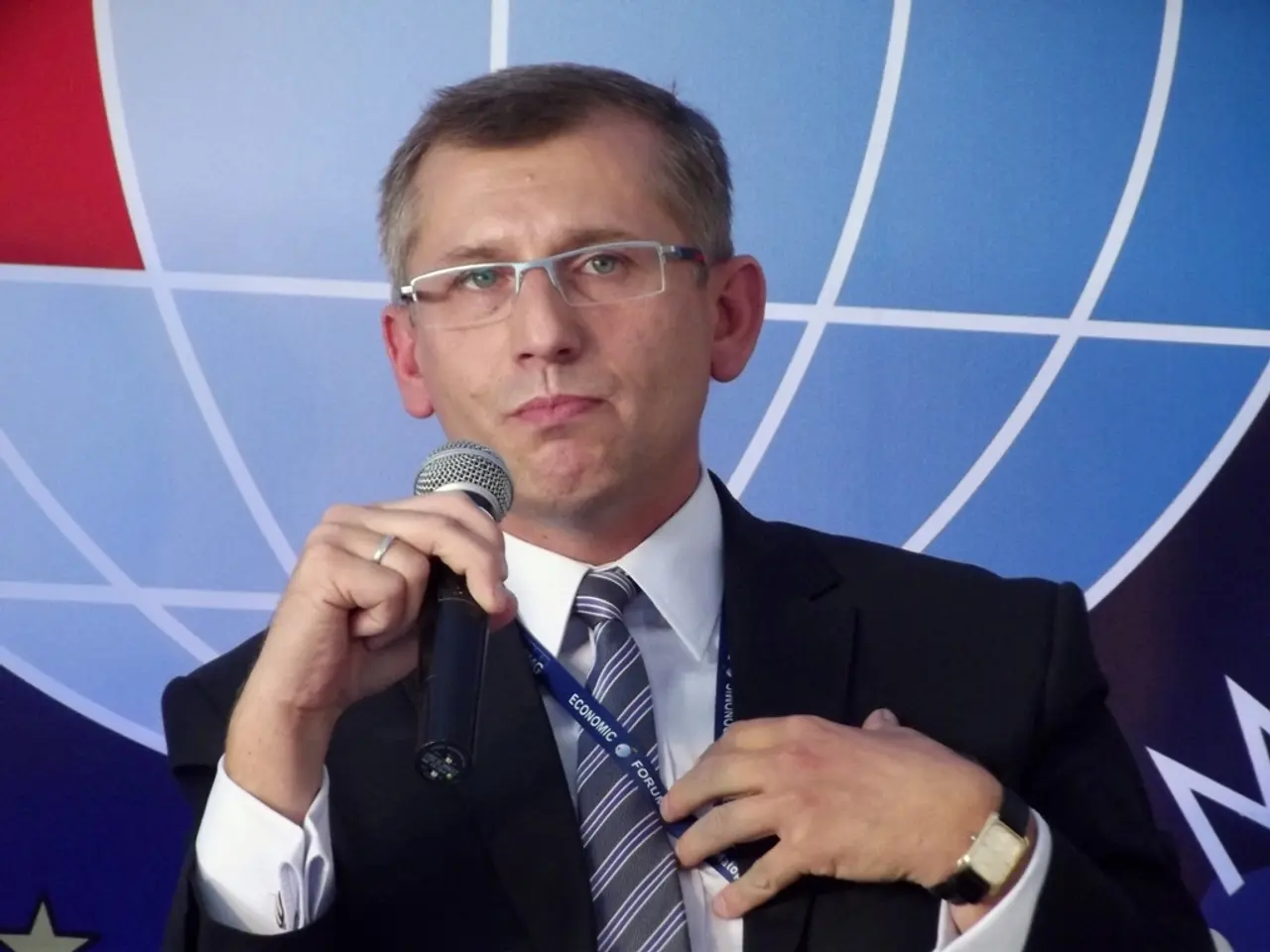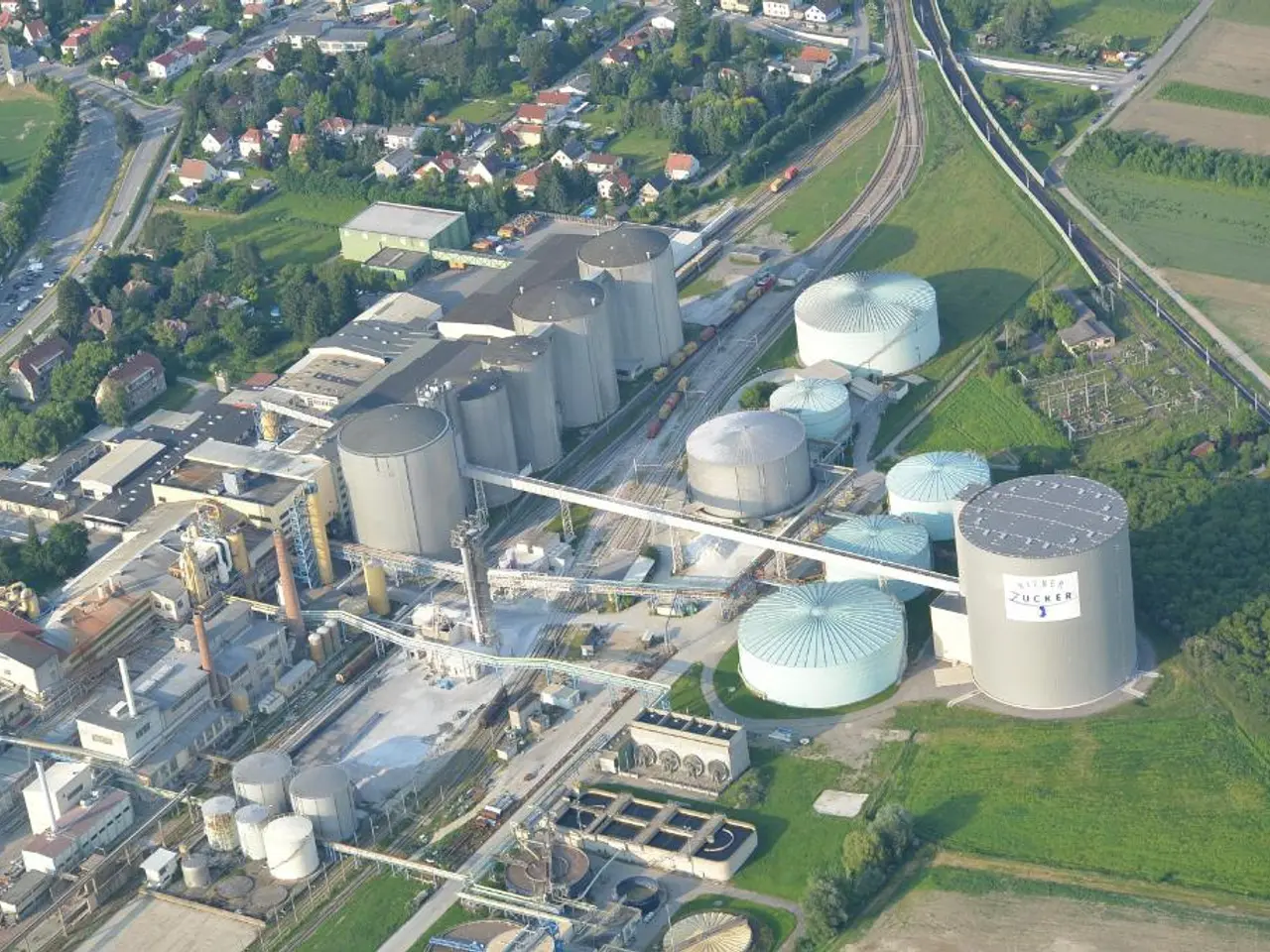Seattle Mayor Harrell signs new law to simplify permit procedures for Sound Transit's extension to Ballard and West Seattle.
In a significant step towards improving public transportation in Seattle, Mayor Bruce Harrell has signed new legislation to streamline the permitting process for the West Seattle and Ballard Link Extensions of Sound Transit's expansion plan. This move is part of Mayor Harrell's overall vision to safely and efficiently deliver light rail in Seattle.
The West Seattle Link Extension, set to open in 2032, will add approximately 4.1 miles of light rail and four new stations, with a bridge over the Duwamish River. This extension will connect downtown Seattle with West Seattle, enhancing the city's transportation network and reducing traffic congestion.
Meanwhile, the Ballard Link Extension, expected to be completed by 2039, will add approximately 7.7 miles of light rail and nine new stations. This extension will include a second downtown transit tunnel and a Salmon Bay crossing, further expanding Seattle's light rail system.
The new legislation aims to cut the permitting time in half, from the previous average of 240 days down to 120. This reduction is expected to accelerate construction and reduce delays, which have been a challenge due to the COVID-19 pandemic, labor shortages, construction challenges, and a $6.5 billion revenue shortfall addressed in a 2021 realignment plan.
The revised code will sequence construction to keep people and goods moving, and it improves accessibility for pedestrians and cyclists. The code also creates a more efficient appeals process, ensuring a smoother and faster approval process for these critical infrastructure projects.
The cost for the West Seattle/Ballard Link Extension has increased significantly, reflecting property value increases and lower revenues. The current estimated cost for the West Seattle Link Extension is approximately $7 billion, while the Ballard Link Extension is projected to cost about $11 billion.
To support these efforts, the city of Seattle has created an Office of the Waterfront, Civic Projects and Sound Transit. This office adds staff and planning for safe, quality transit experiences. A four-year work plan has been created for the Office to ensure a safe and excellent transit experience.
King County Executive Shannon Braddock stated that this collaboration between Sound Transit and the city of Seattle benefits the entire region as they work to expand Link light rail. The revised land use code also develops comprehensive tree and vegetation management plans, ensuring the preservation of Seattle's natural beauty during these construction projects.
This news comes after the Sound Transit 3 expansion was approved by voters in 2016 and the legislation was adopted unanimously by City Council last month. The West Seattle Link Extension is part of this plan, funded by local taxes, while the timelines have been delayed due to various challenges.
In related news, a related infill station at South Graham Street on the existing 1-Line is planned to open by 2031, adding one new station to the existing light rail system.
These developments mark a significant step forward in Seattle's public transportation expansion, aiming to provide residents with a more efficient, accessible, and sustainable transportation system.
- The legislation signed by Mayor Harrell focuses on streamlining the permitting process for the West Seattle and Ballard Link Extensions, which are integral parts of Sound Transit's expansion plan in the rail industry.
- The management of these projects, funded by local taxes, includes creating a more efficient appeals process and a four-year work plan to ensure a safe and excellent transportation experience for the citizens of Seattle.
- The new infrastructure developed through these projects, such as bridges and transit tunnels, will not only improve the transportation network in Seattle but also address finance-related challenges by reducing traffic congestion and enhancing the city's overall transportation system.




